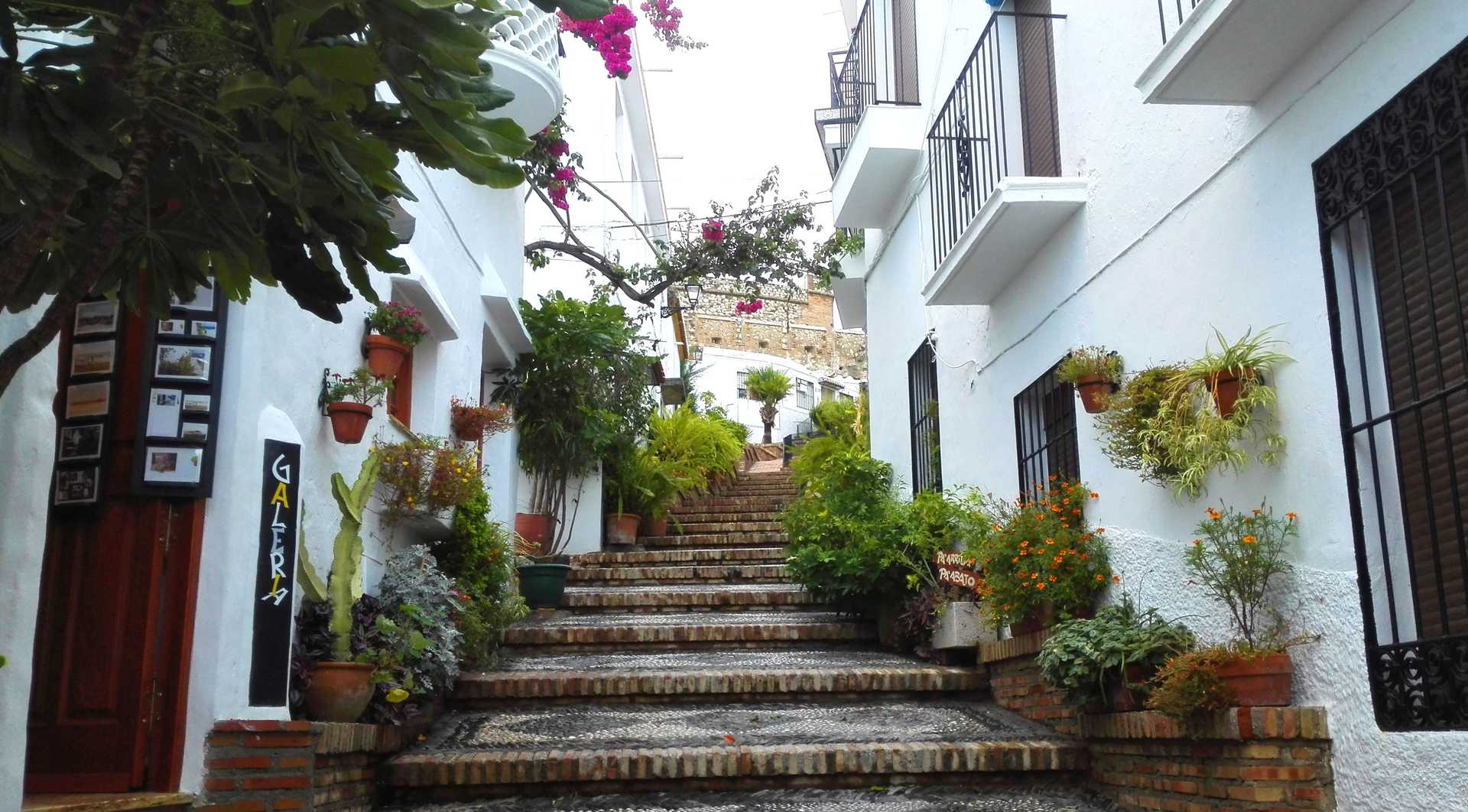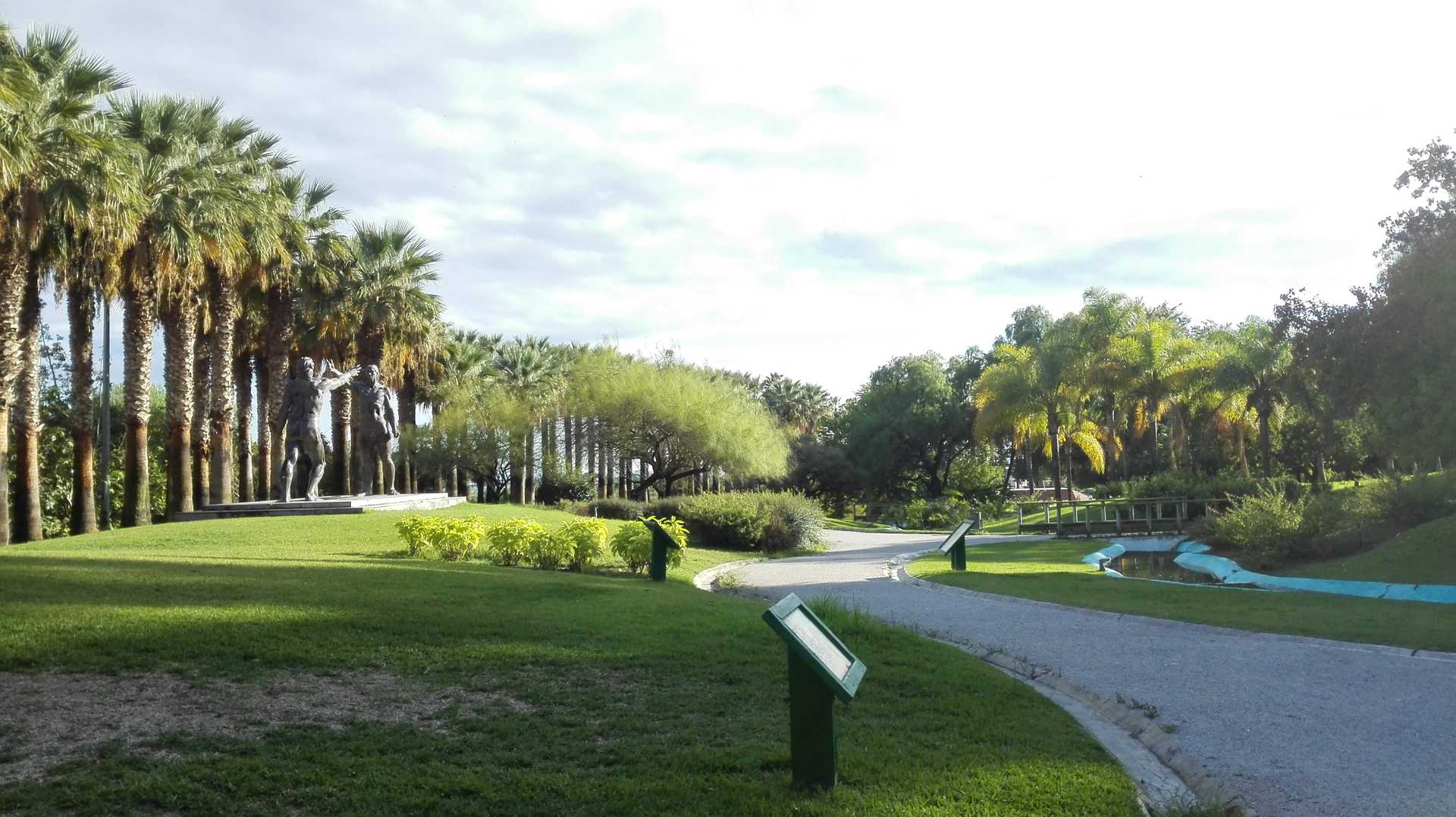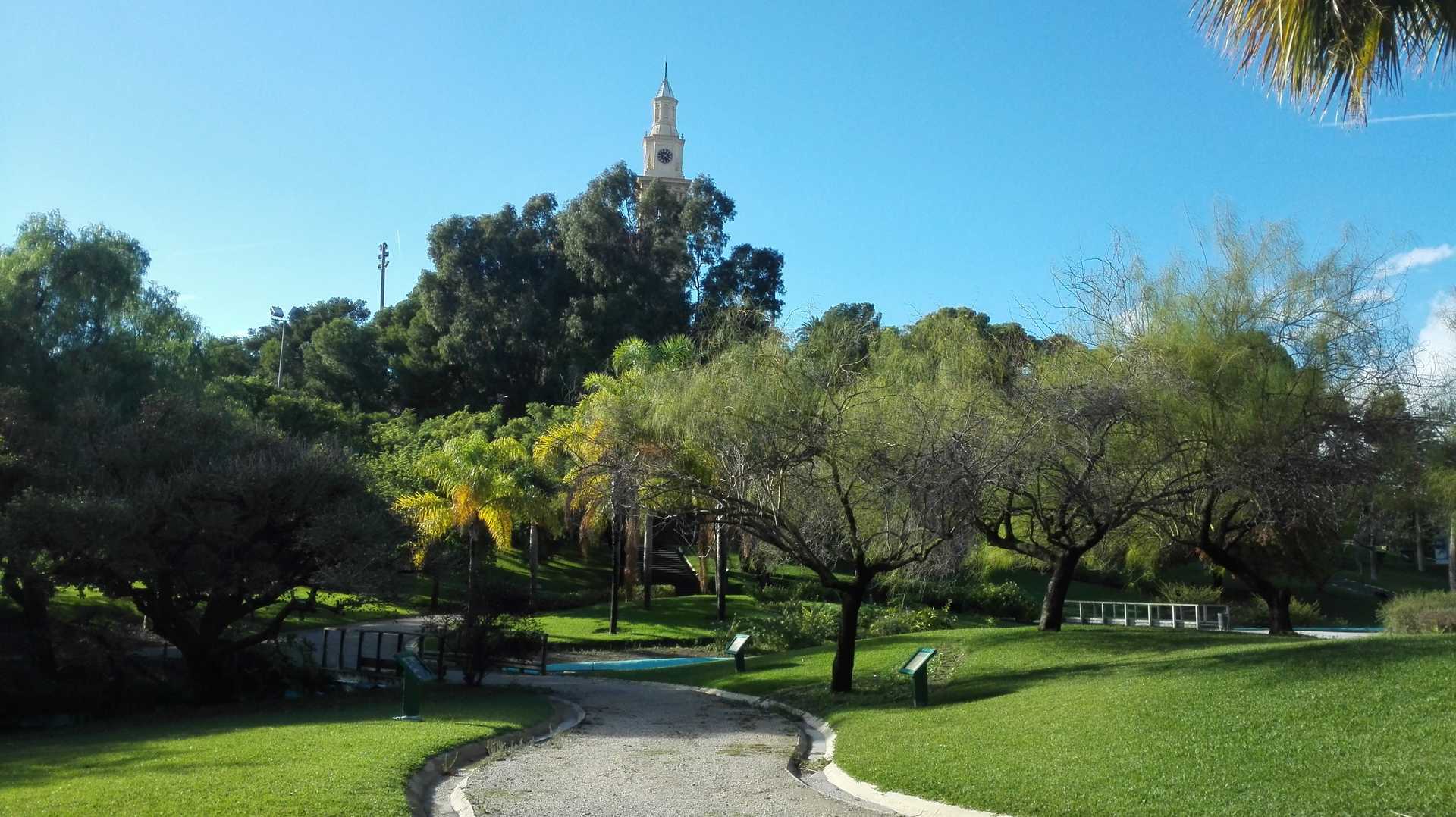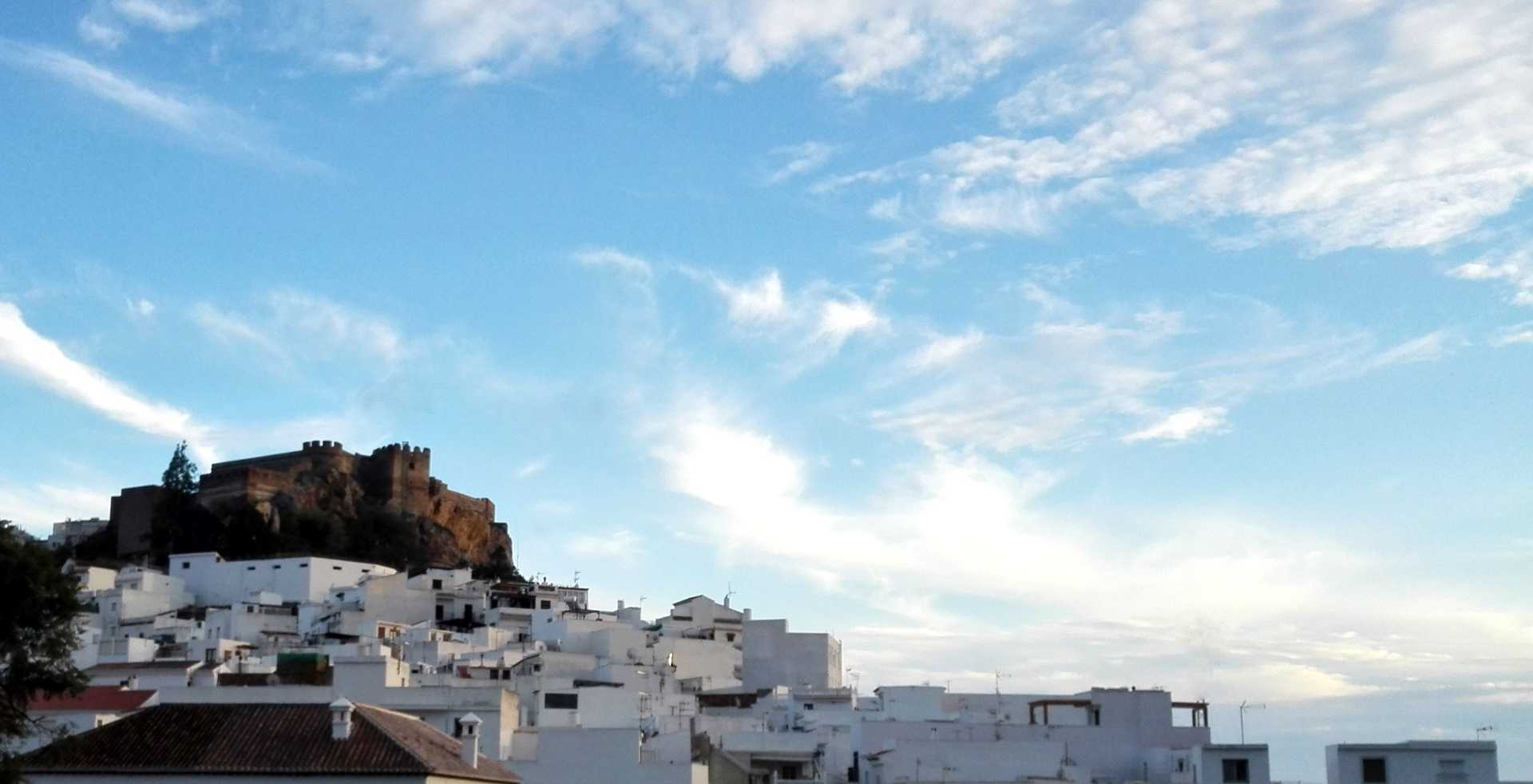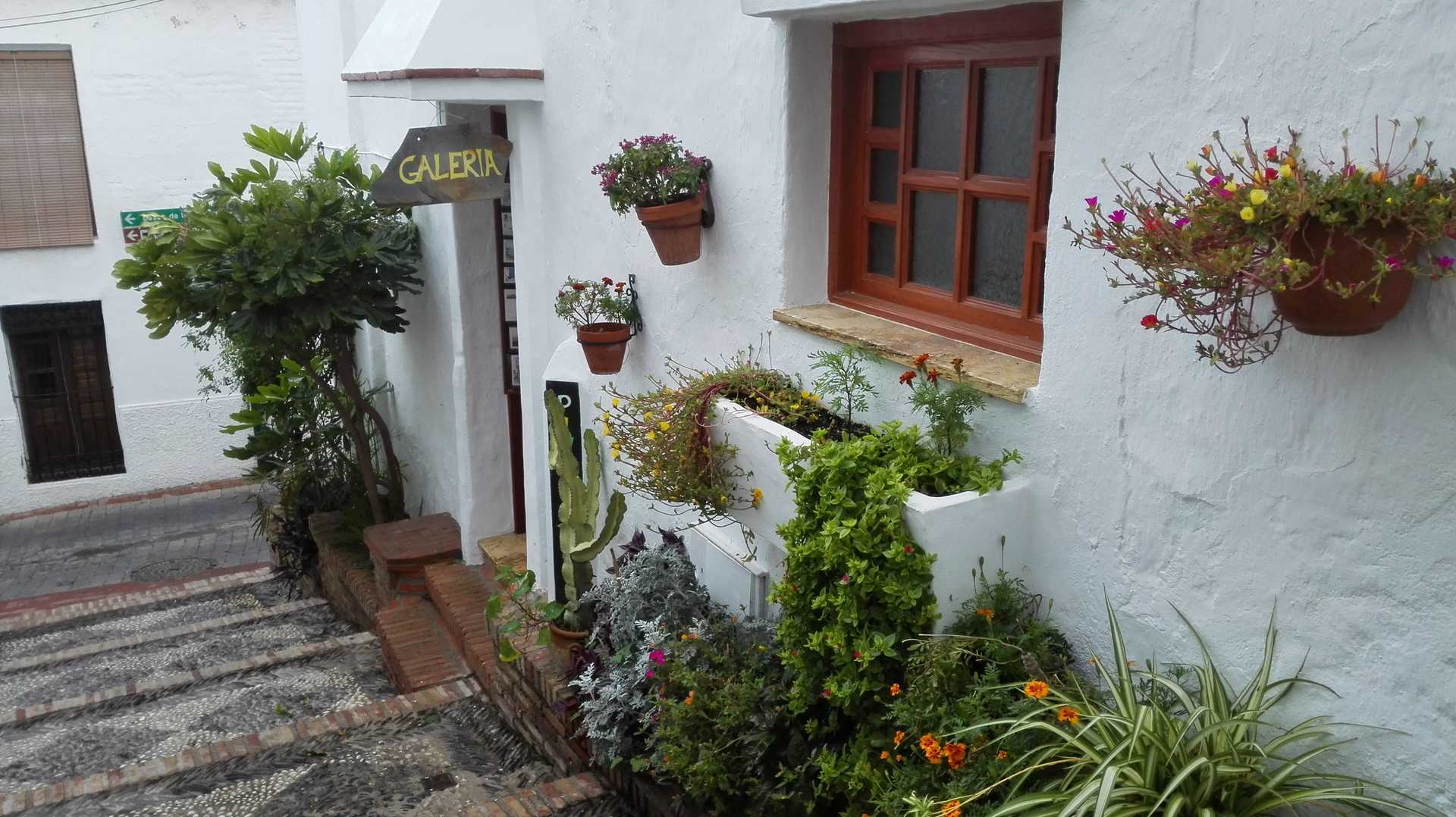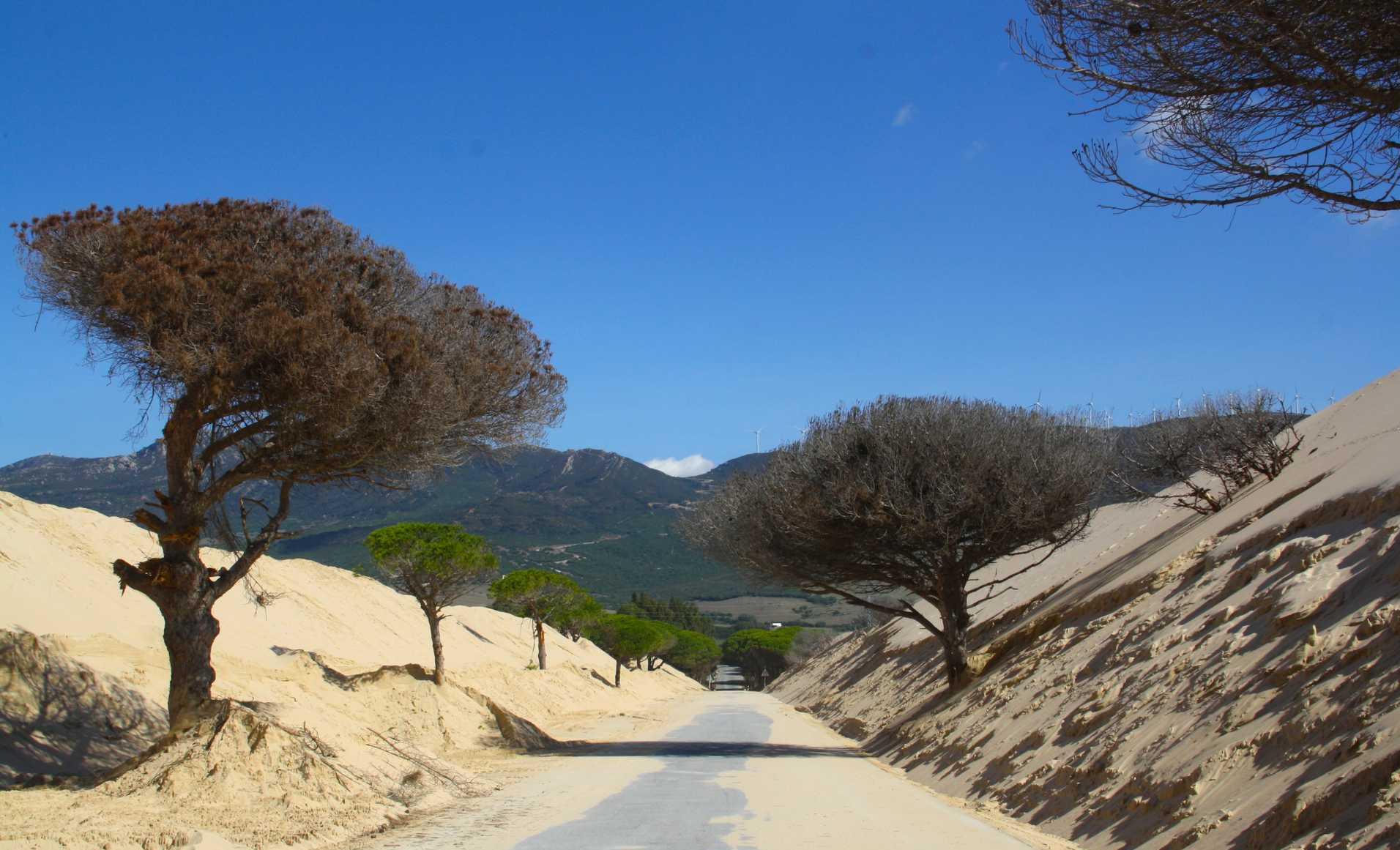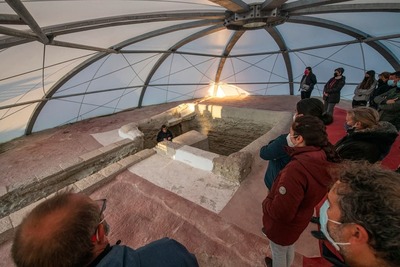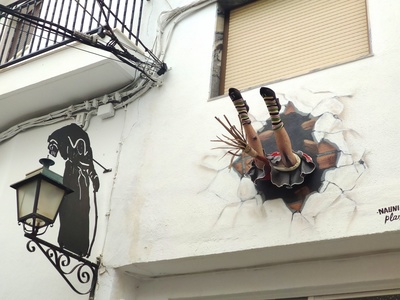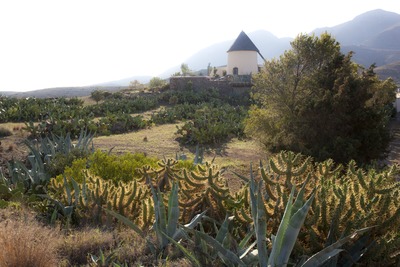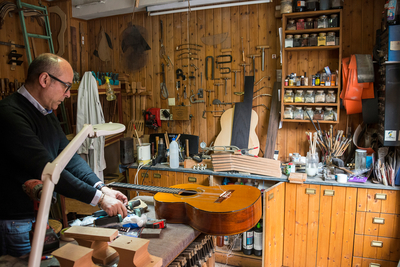The Granada coast – a tropical paradise in Europe
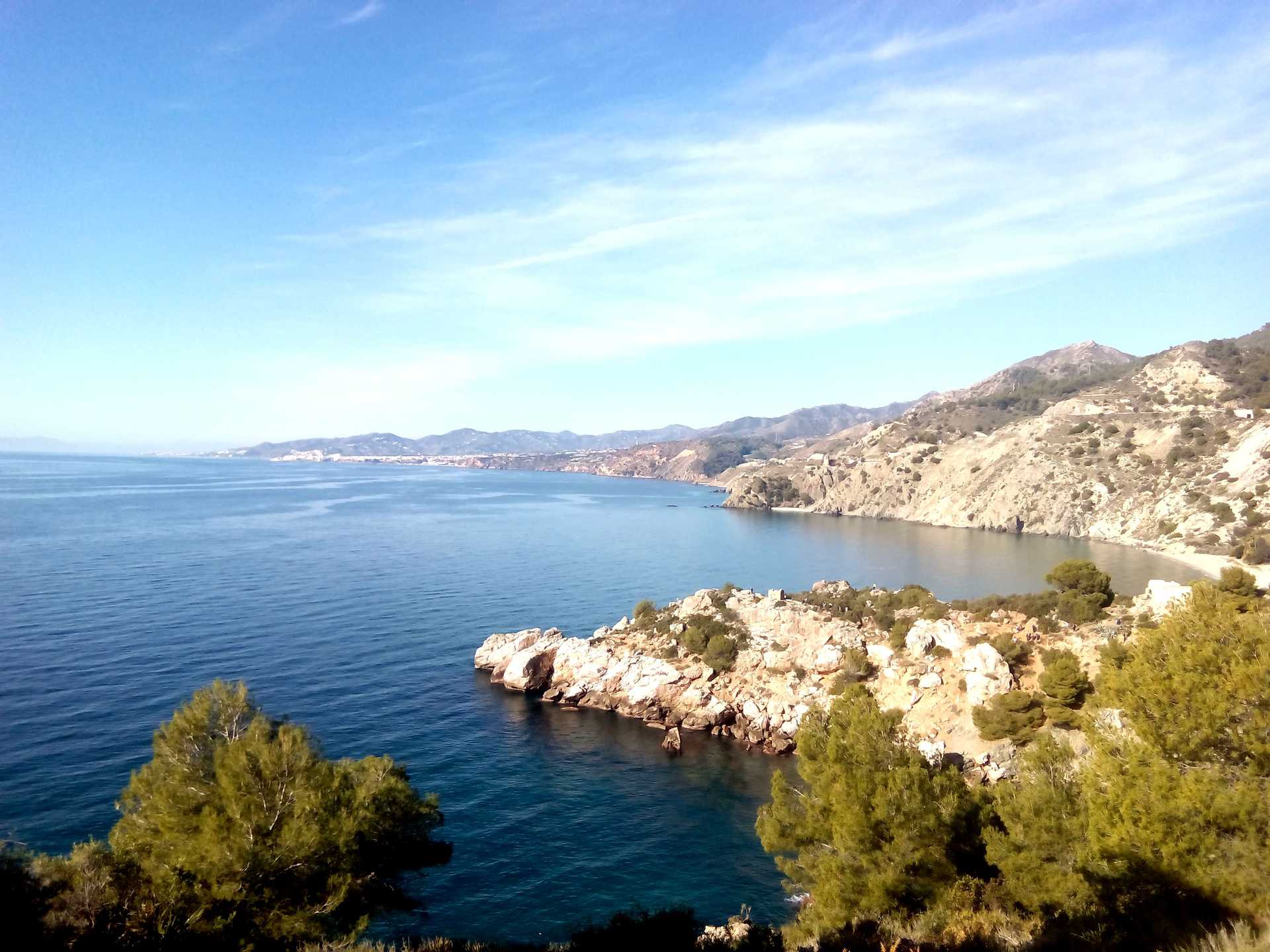
320 sunny days, 20 degrees annual average temperature and 73 kilometres of coastline. Welcome to the European Tropics!
Located between the Costa del Sol and the Almería Coast, the Granada Coast is popularly known as the Costa Tropical due to its special weather conditions, which make it a unique area in Europe where tropical fruits such as avocados, custard apples or mangos are grown.
Due to its particular climate, the natural landscape of the area gives us beautiful postcard views which, accompanied by its cultural wealth and the wide variety of activities available, make this territory the ideal destination for a wonderful holiday.

A visit to the cultural heritage of the Costa Tropical
The Costa Tropical comprises an extensive territory made up of seventeen municipal districts, including some of the most historically important ports for communication between the Kingdom of Granada and North Africa. We are talking about Almuñécar, Salobreña and Motril – towns where many archaeological ruins and monuments remain as evidence of the splendour of its historical past.
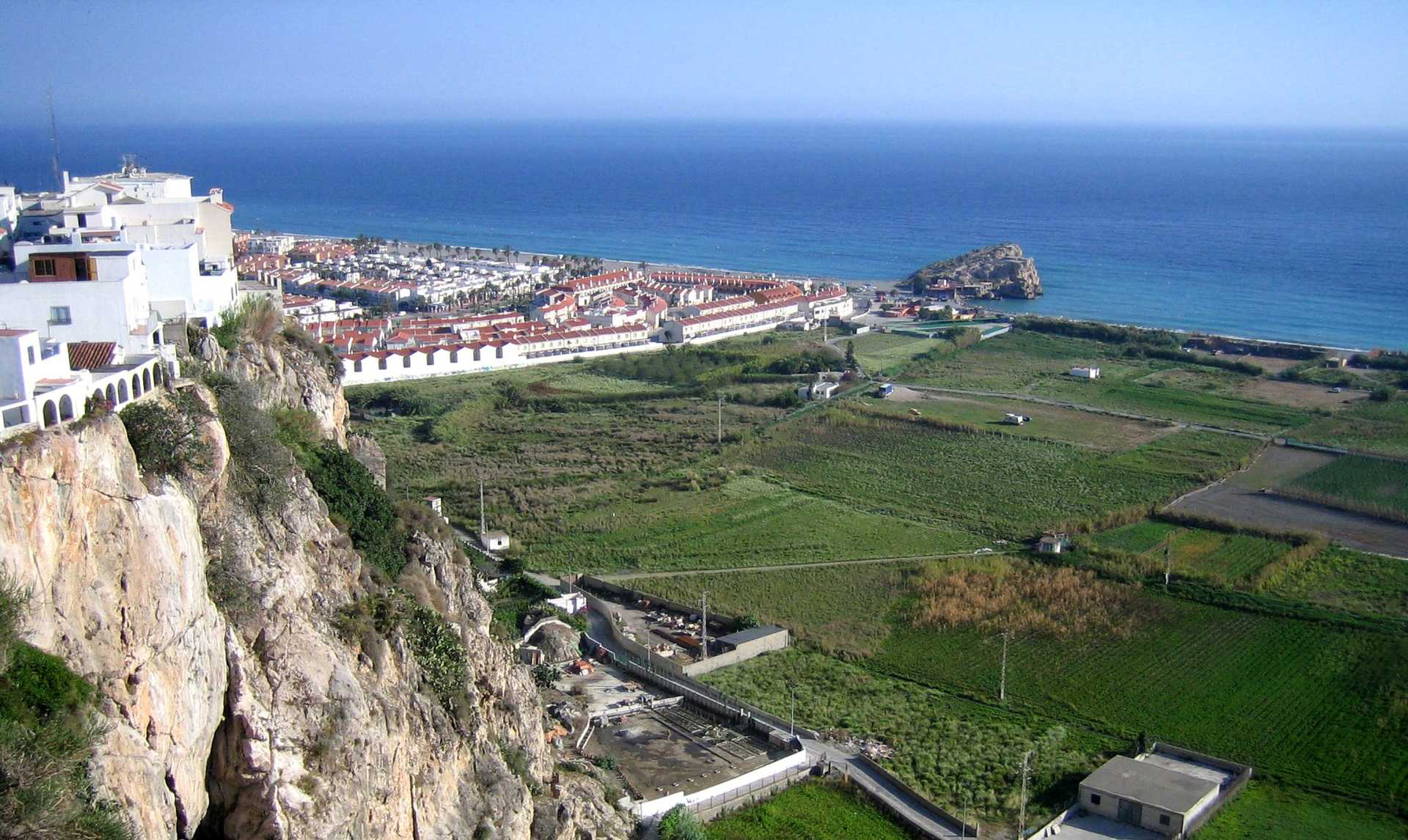
Salobreña, like the other towns that make up the Costa Tropical, have been conquered by different peoples throughout history, thanks to its privileged geographical location. Of Phoenician origin, Salobreña was quickly conquered by the Romans and, later, by the Moors.
From this last period, the Moorish Salobreña, this castle built as a defence remains. It also housed a palace from the Nasrid era in its time. Located at the top of the town, it offers spectacular views of the coast that you will not want to miss.
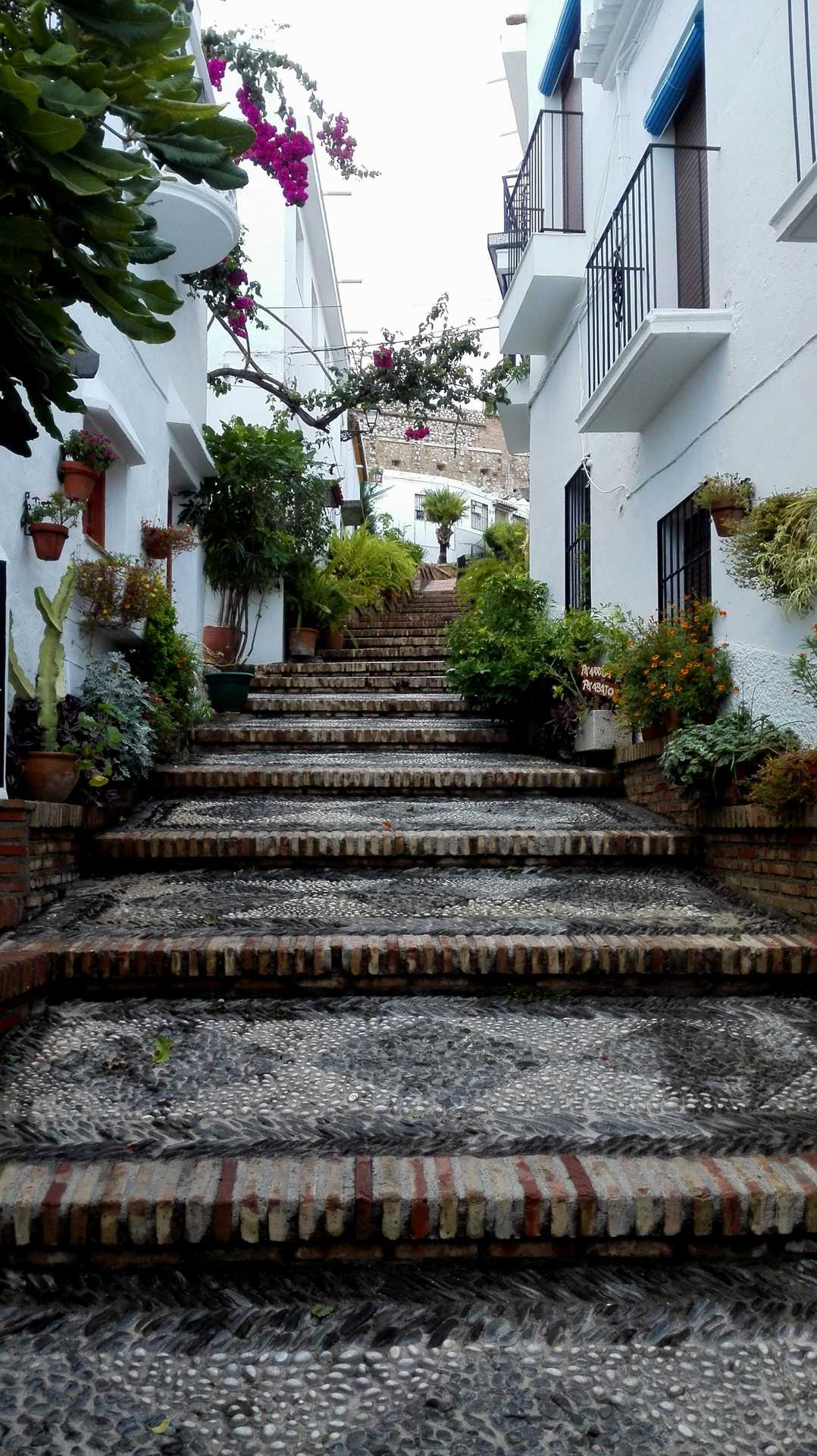
In Salobreña, you will find picturesque, picture-perfect spots that will surprise you as climb to the highest part of its historic quarter.
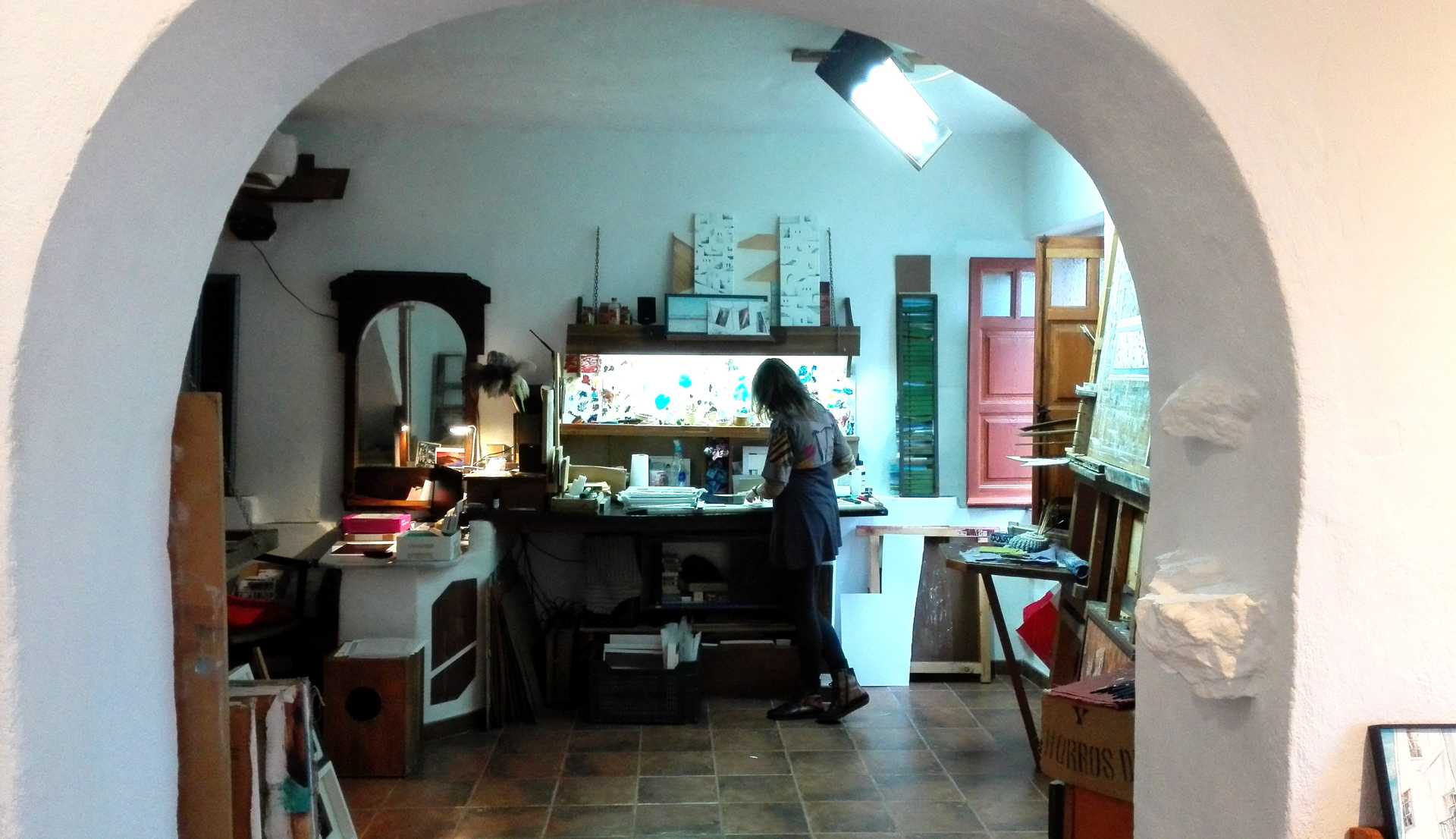
This beautiful village on the Costa Tropical breathes art on all sides and, thus, in its narrow streets, you will come across unexpected art galleries where you can appreciate the talent of its artists and even visit their studios…
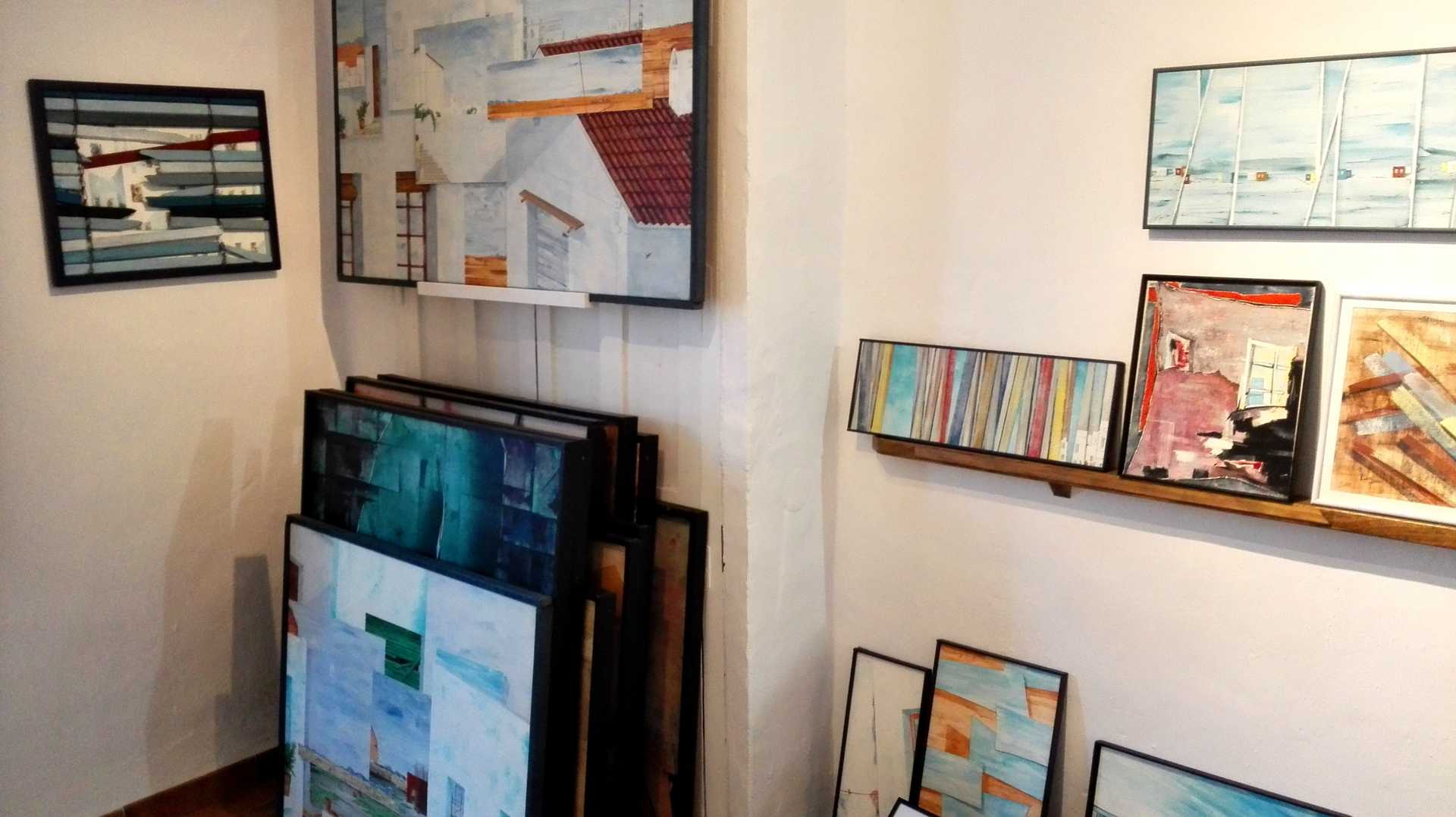
And, of course, you can take a sample of their creative talent home with you.
But if, besides painting, you love history and archaeology, in the old town hall, we find the Villa de Salobreña Historical Museum, where you will find an important archaeological exhibition which will transport you to the time of the Phoenician and Roman settlers. You can also see pieces by artists from Salobreño, including a model of the castle.
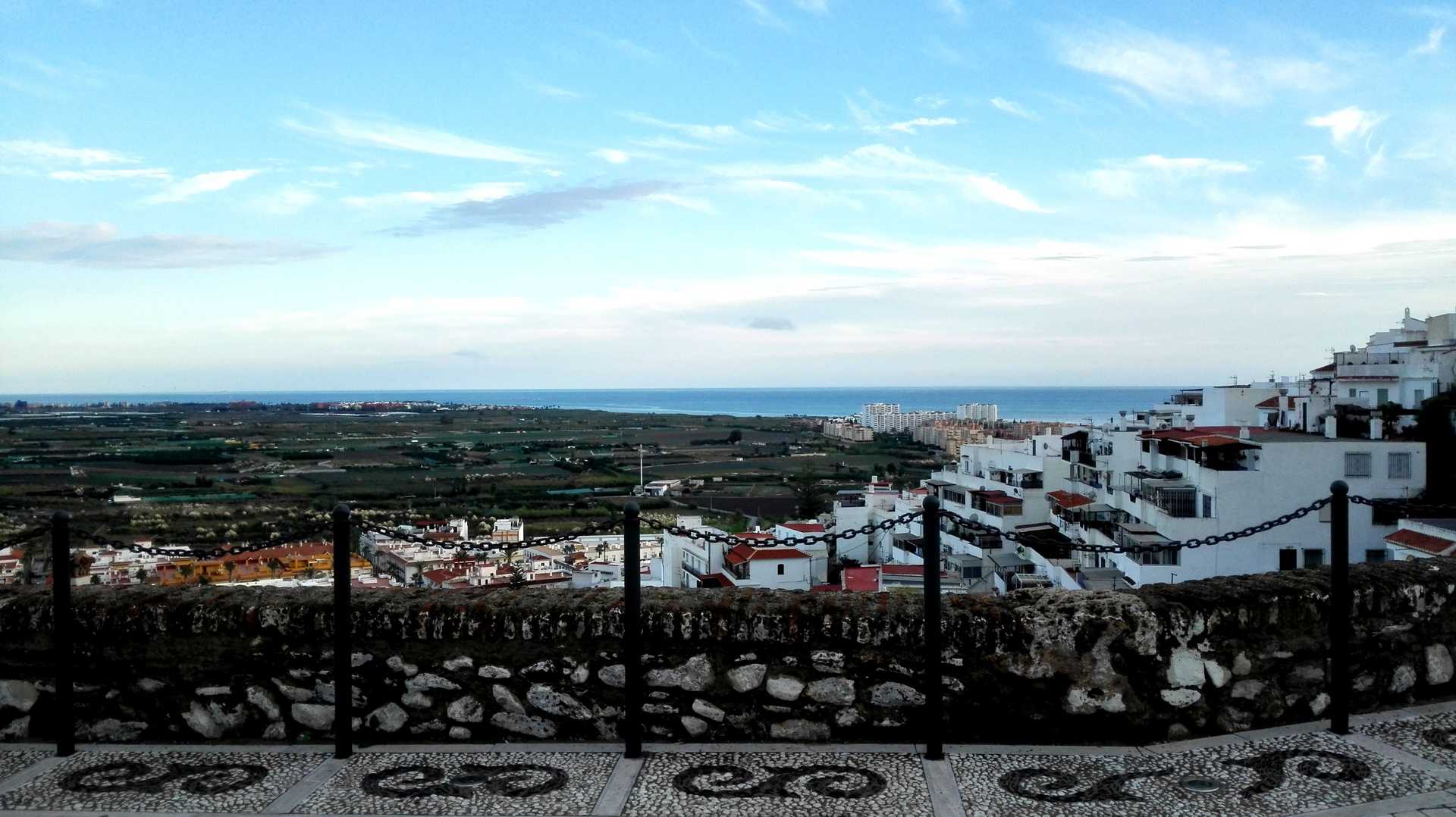
Before saying goodbye to beautiful Salobreña, enjoy a panoramic view from the highest point in the village.
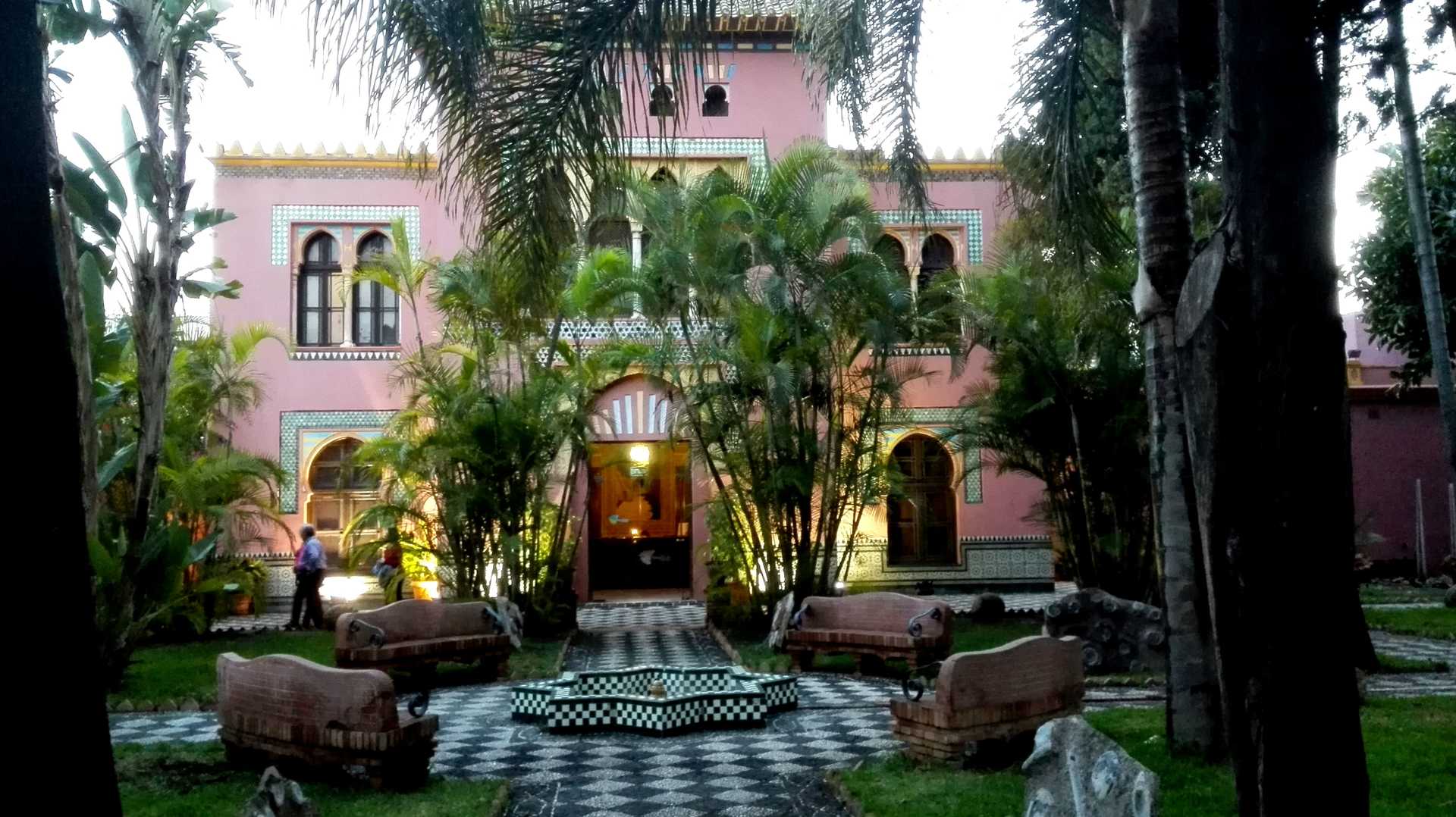
From Salobreña to Almuñécar, originally known as Sexi by the Phoenician settlement and located in the union of the valleys formed by the Seco and Verde Rivers, where there are huge fields of tropical fruit crops. The history of Almuñécar places it as a heritage site of reference for the whole Costa Tropical.
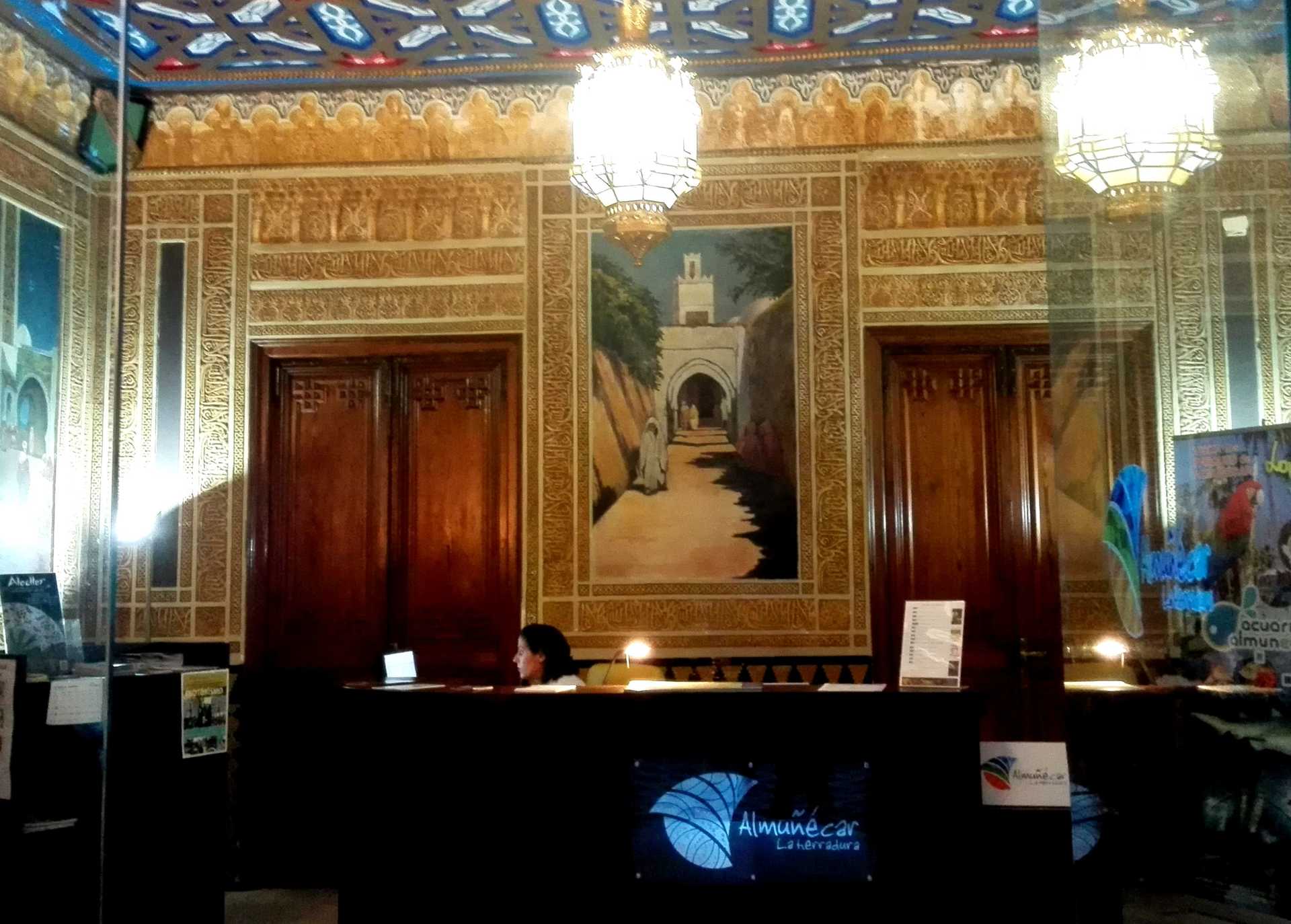
You will be told of all this and much more in the tourist office, in an old, Neo-Arab house with all the building tradition of the typical Moorish garden-houses. Do not hesitate to go in so they can give you tips for an unforgettable romantic plan for a perfect couple's getaway!
Old fish salting factories, aqueducts, theatres, forums and temples have brought about a need to build a platform on which to locate all of these buildings. The platform was reinforced with a complex vault system inside and this urban space is now what is known as the Cueva de Los Siete Palacios (cave of the seven palaces) and today it houses the Archaeological Museum of Almuñécar.
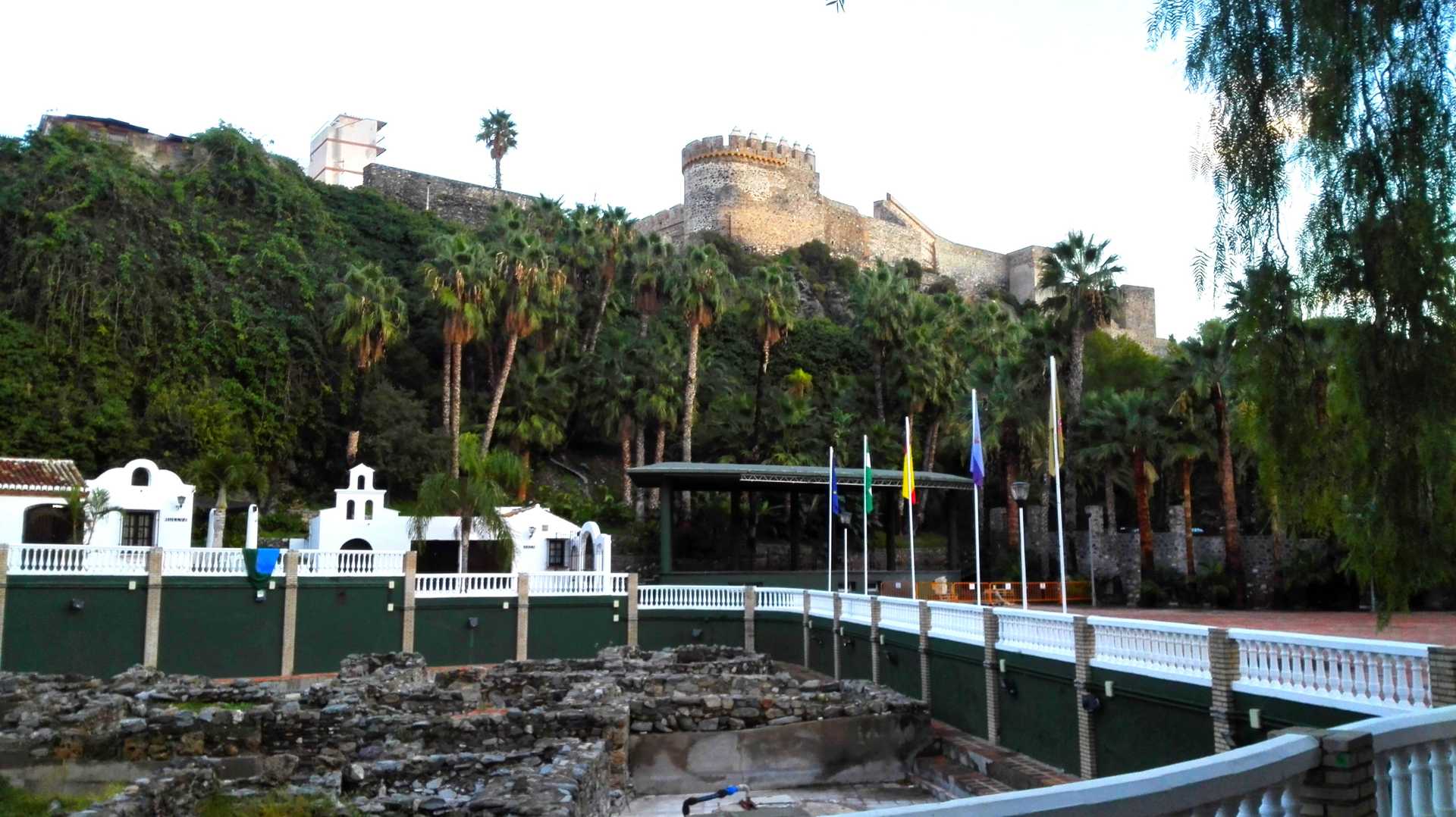
In the heart of the Botanical-Archaeological Park, we find the ruins of the El Majuelo Fish Salting Factory. During the Roman period, Almuñécar based its economy on salting fish and this factory produced a valuable fish paste known as Garum, which was exported all over the empire.
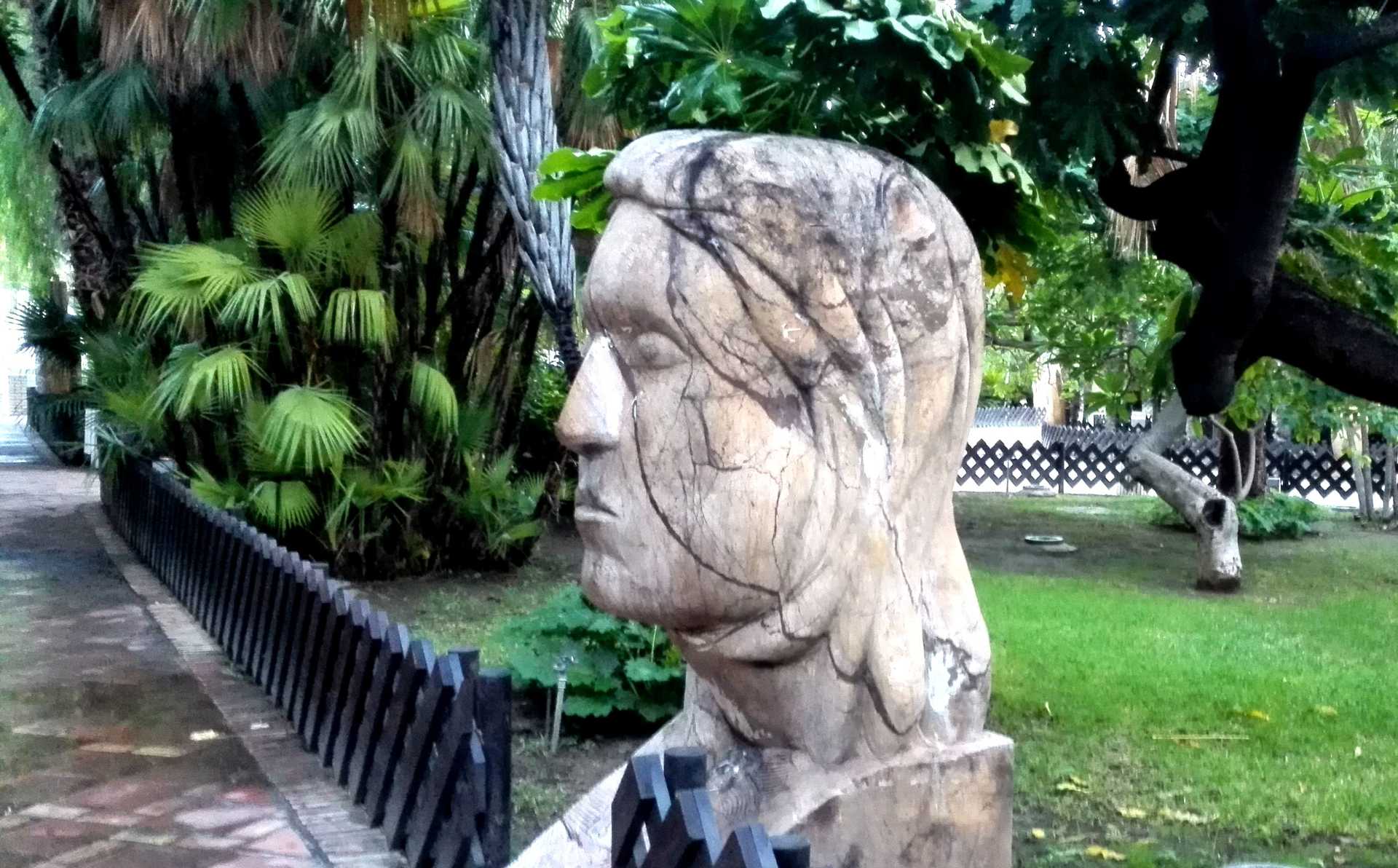
Due to its location and special atmosphere, of the entire Costa Tropical, Almuñécar surprises us for its scenic and botanical wealth. We encourage you to visit the beautiful El Majuelo Botanical Gardens.
Furthermore, as any good city of Phoenician origin, Almuñécar is open to the sea and, therefore, to other cultures and civilisations; on account of that, you can visit the beautiful Bonsai Museum Garden. Here you can enjoy Asian, European and native species and species from all over the Mediterranean coast – a real treat for the senses.
Shall we go shopping?
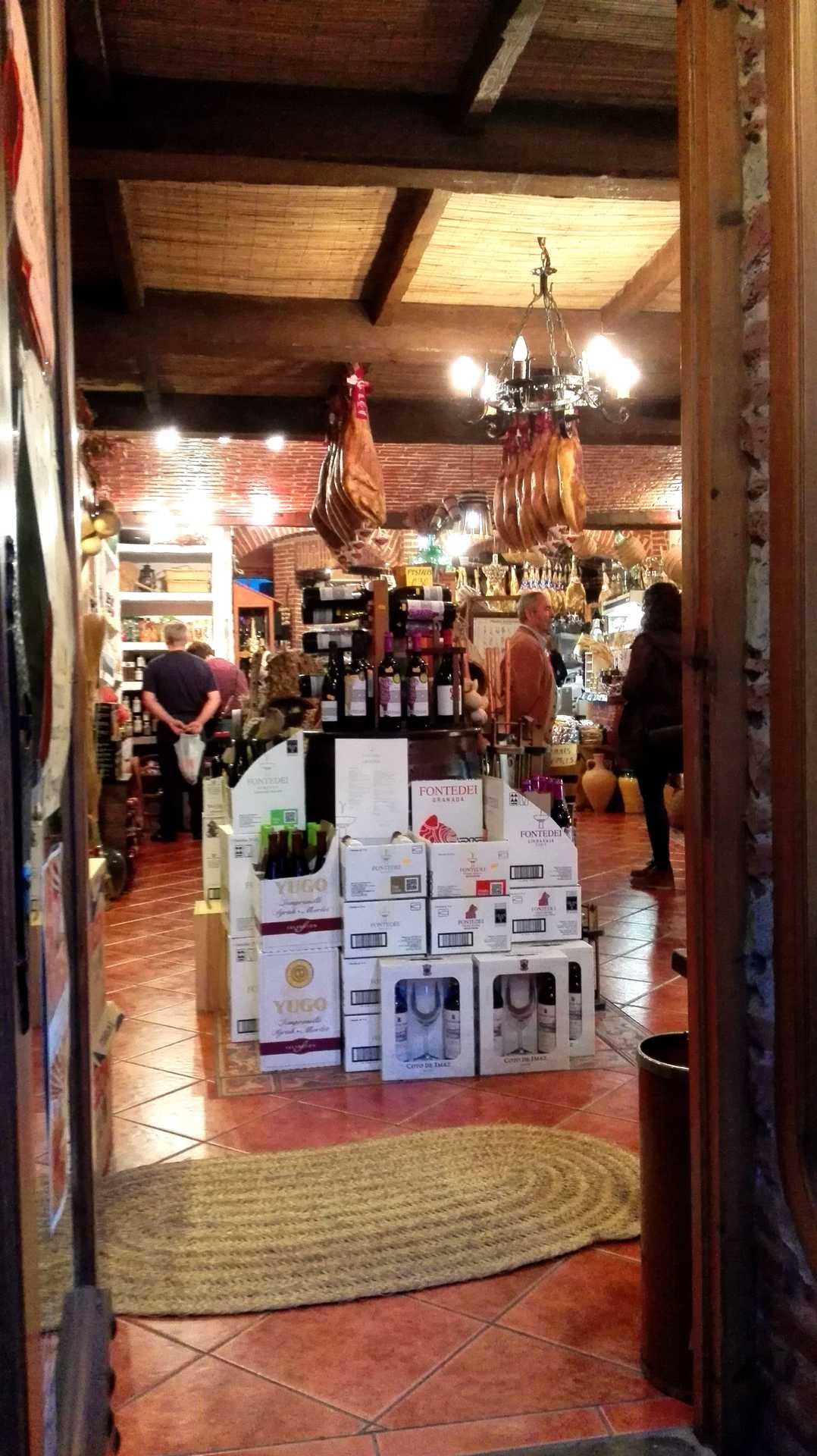
Fans of delicatessen products will also be able to visit the different shops that provide gourmet products so your discerning palates can sample delicious dishes from the local cuisine. Don't miss them!
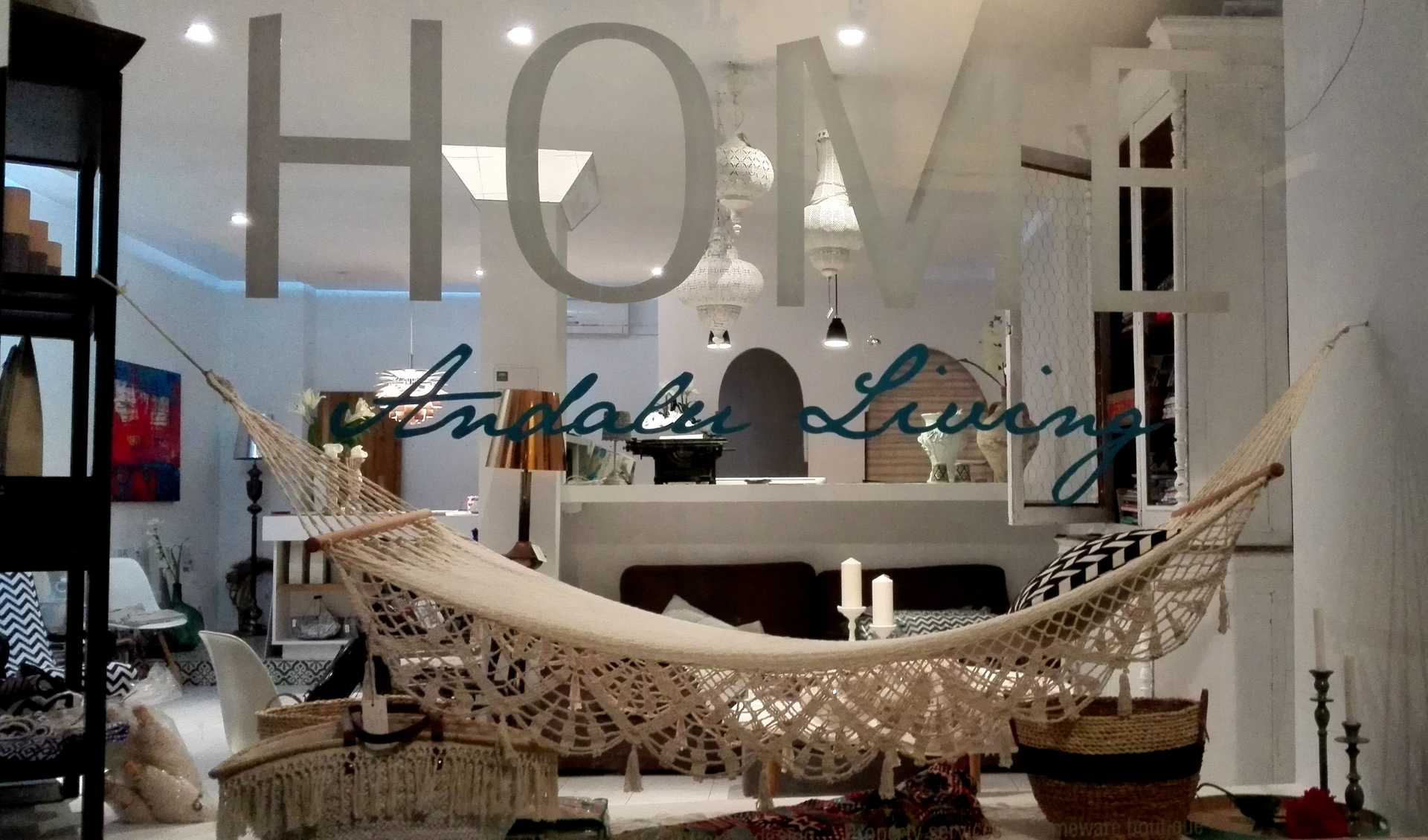
Would you like to decorate your home in the purest Costa Tropical style? Home Andalu Living is a decor boutique, where you will find everything you need to make your home shine with the light of the Granada coast 365 days a year.
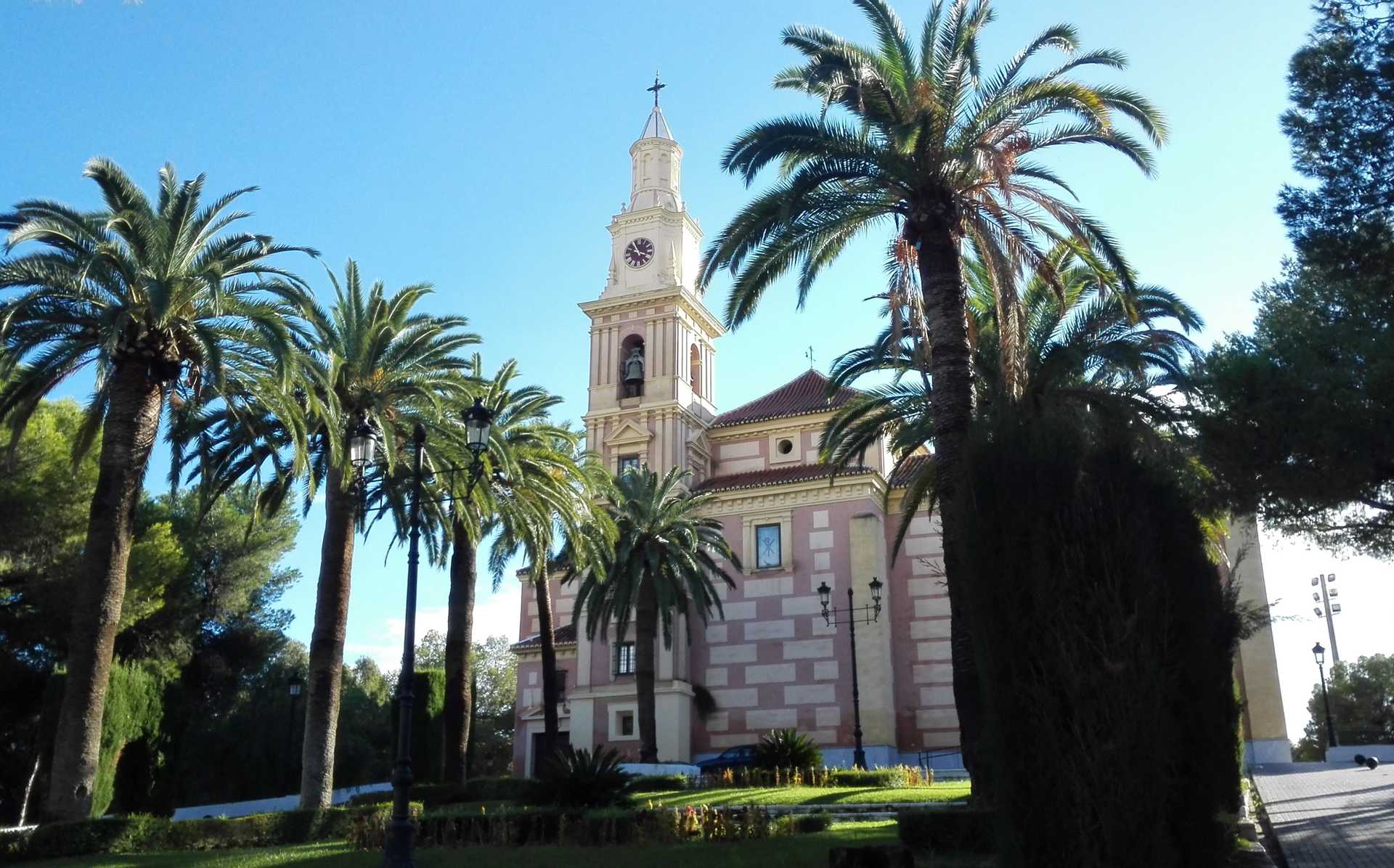
Now let's travel to Motril, the largest town on the Costa Tropical, whose history is closely linked originally to the Taifa Kingdom of Granada, when the territory began to grow sugar cane and produce silk.
At that time, several mosques were built, along with public baths, a city wall and a citadel that was used as a residence for Queen Aixa Alhorra, mother of Boabdil. Indeed, nowadays, on the site of the old palace stands the Sanctuary of Nuestra Señora de la Cabeza, which houses a marvellous dressing room decorated with Baroque plasterwork.
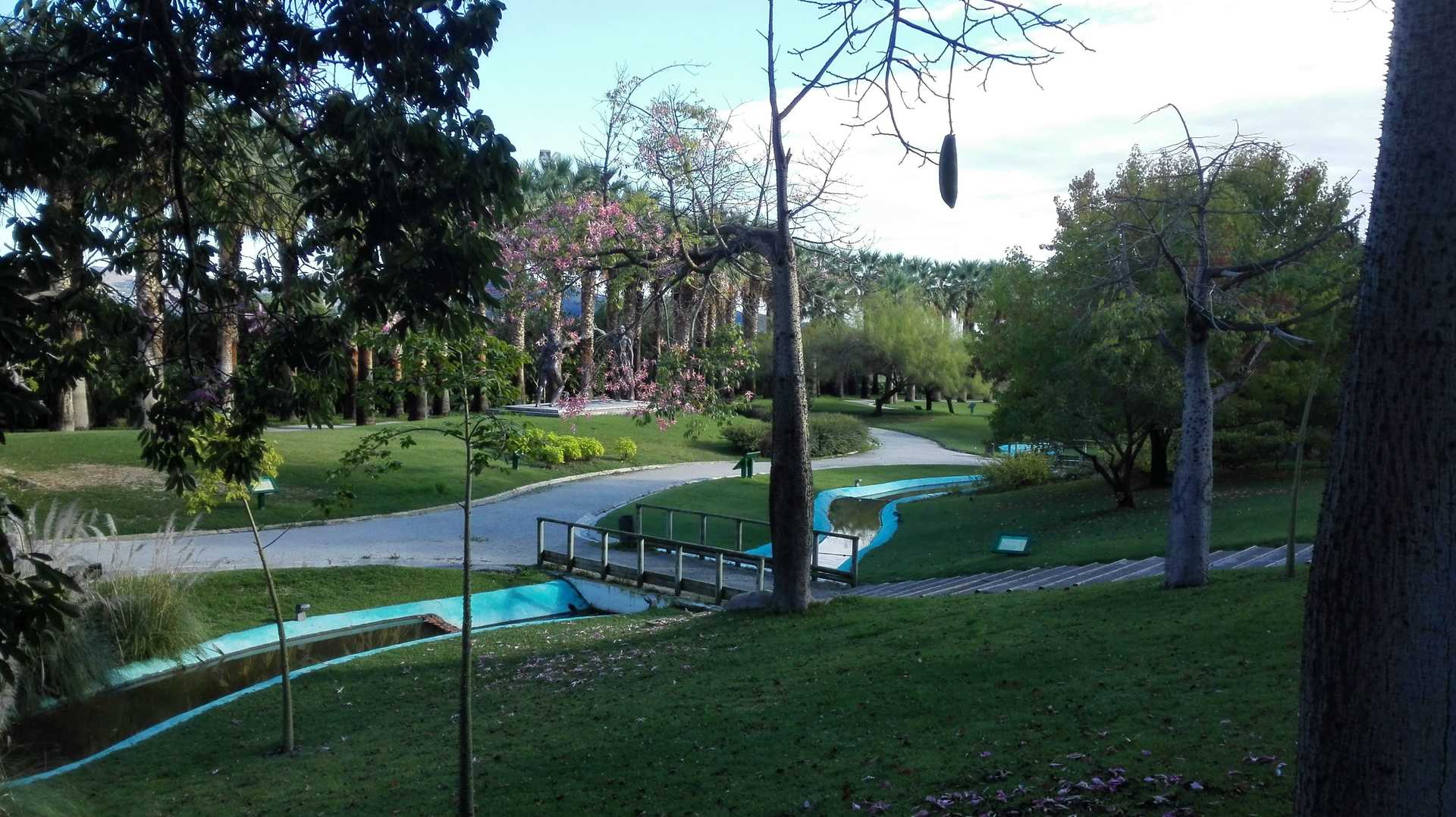
Located on the slopes of the Nuestra Señora de la Cabeza Hill is the Parque de los Pueblos de América, a real tree tribute to American botany. Take a romantic walk around the park, sheltered by the shade of different exotic species brought from the Americas.
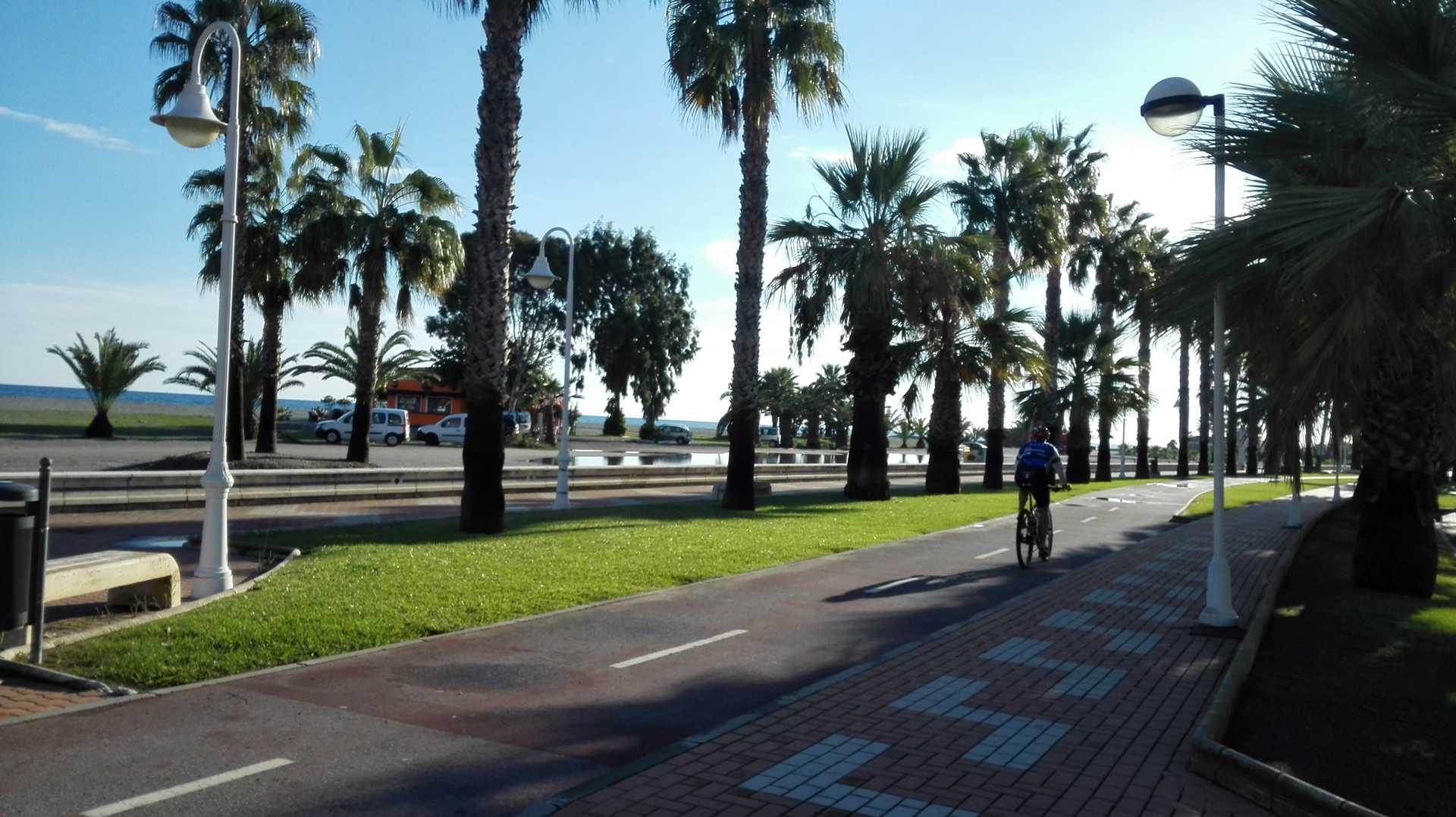
The wonderful gardens are dressed with impressive sculptures that will make your walk even more pleasant… but be careful as you may get a surprise coming across all types of concerts and shows in the open air.
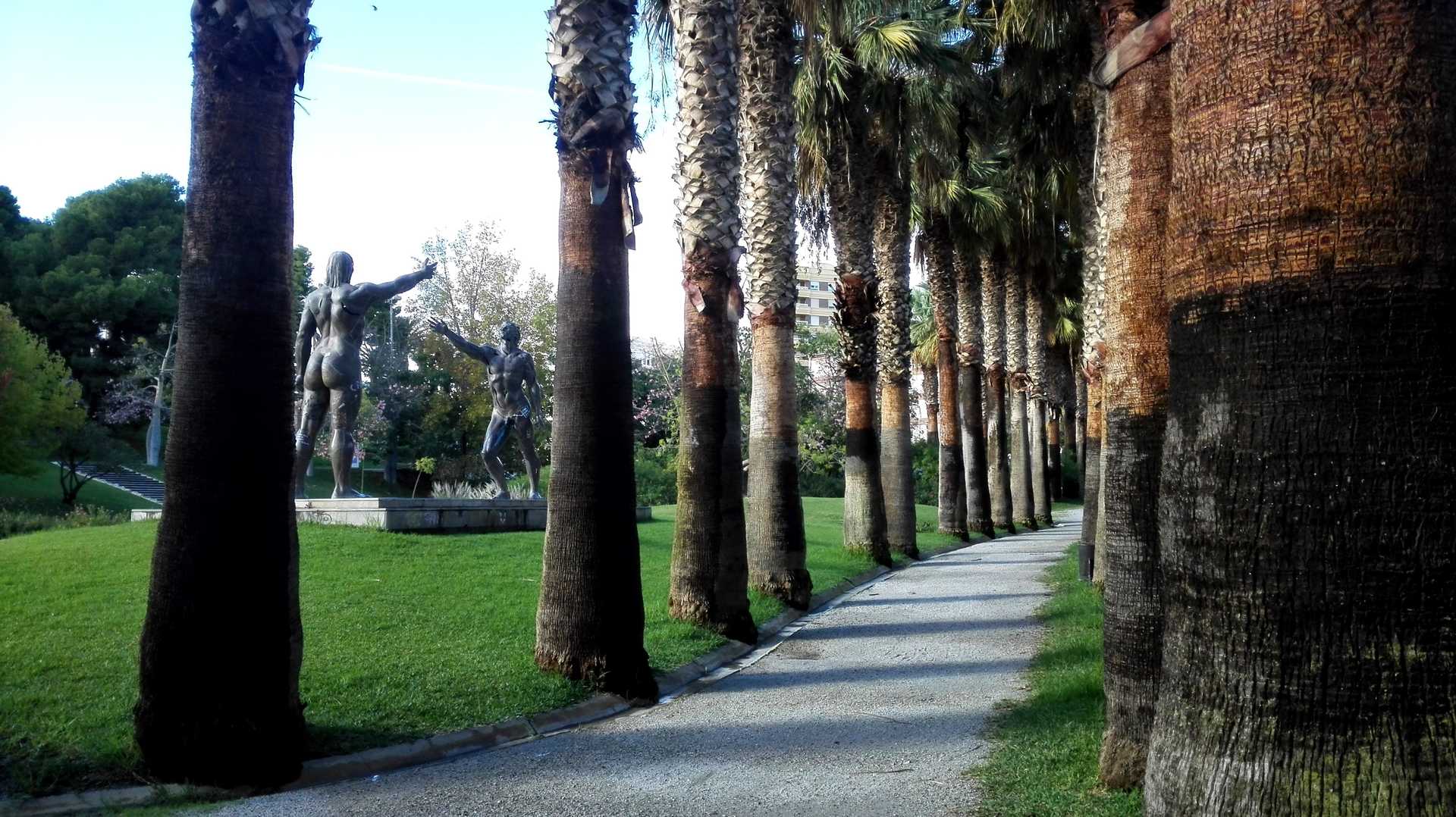
Another way to get to know Motril is on two wheels! For cycling fans, there are a variety of routes through the city, along the beach and even in the mountains. Sound interesting?
You a day's golf at the heart of Motril – which is a big, green heart! Los Moriscos Golf Club awaits you for a different kind of day on the Costa Tropical.
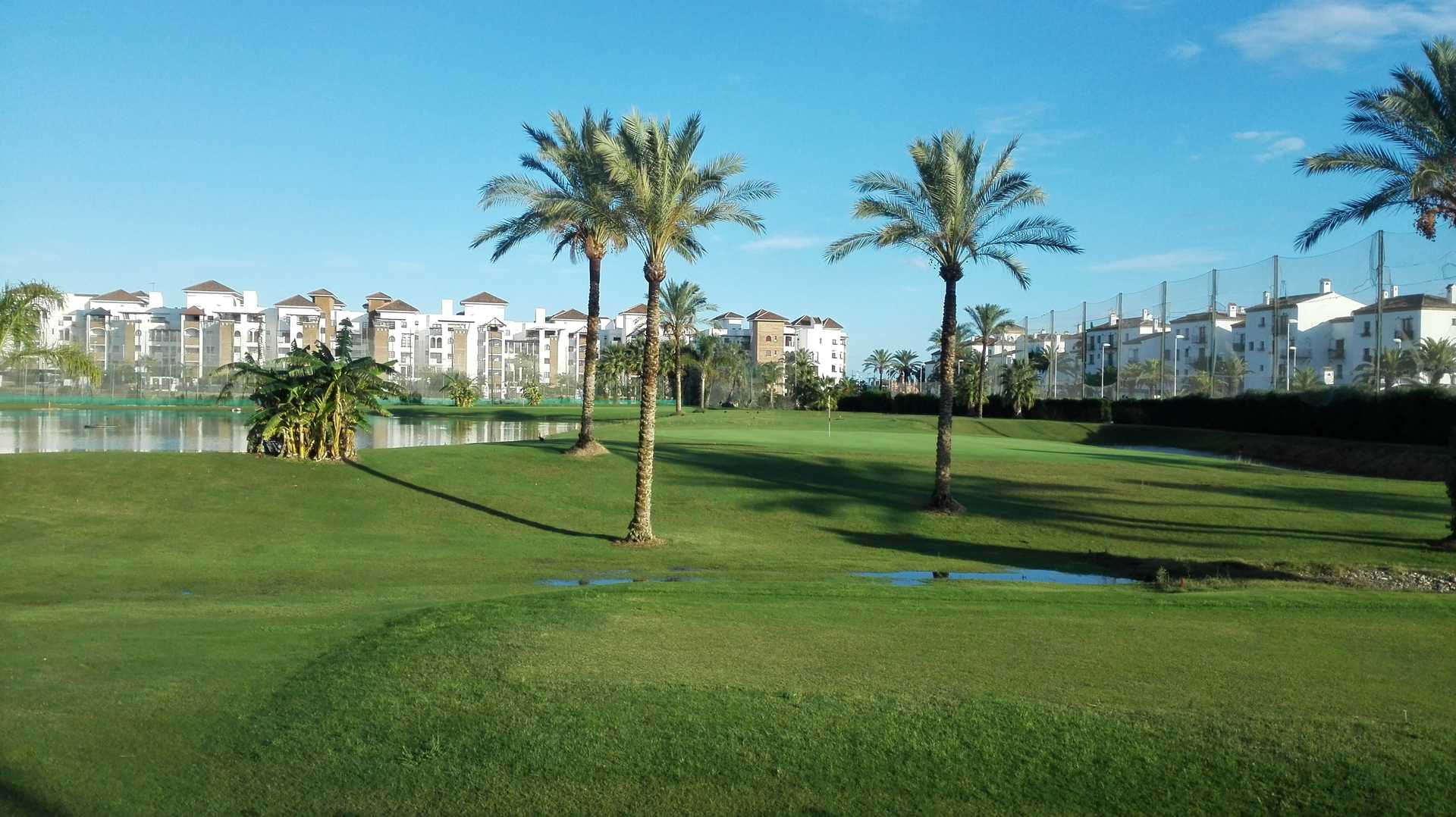
The Costa Tropical – a natural gem…
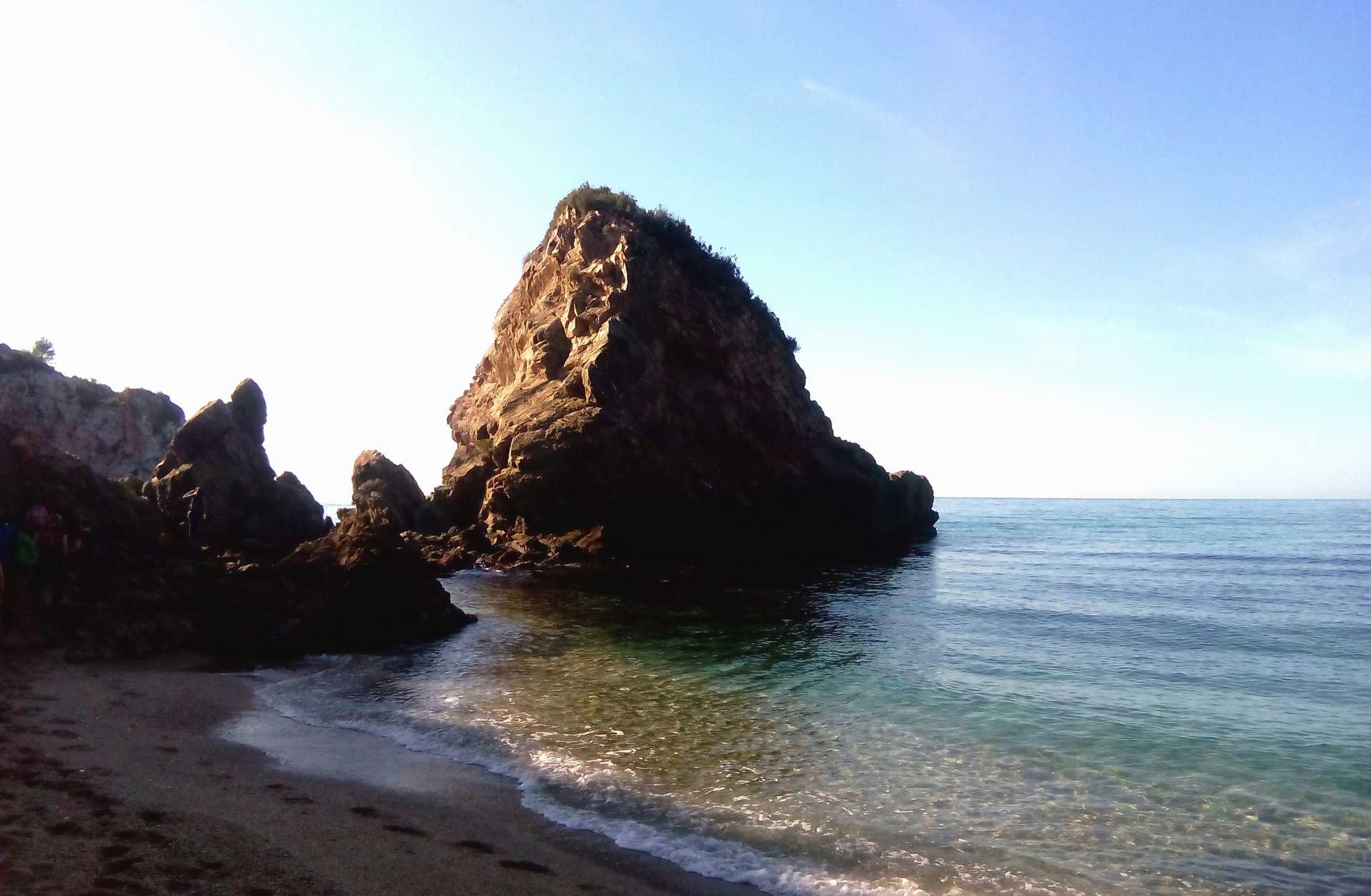
Due to its special weather conditions, the Costa Tropical is rich in unique countryside, such as the Cliffs of Maro-Cerro Gordo Nature Reserve in La Herrera. Come and discover this 12km-long area of Mediterranean forest that penetrates a mile into the sea forming spectacular cliffs that create small paradisiacal coves. On the mountainside, furthermore, you can see terraces of crops at different levels.
With over 70 km of coastline, the Costa Tropical offers many cliffs, beaches and coves which you can enjoy any of its 320 days of sun a year. Many of its beaches also offer all the services to make our day at the beach more comfortable such as, for example, at Calahonda, La Guardia, Cotobro, Torrenueva, La Velilla or Charco. Come and discover them!
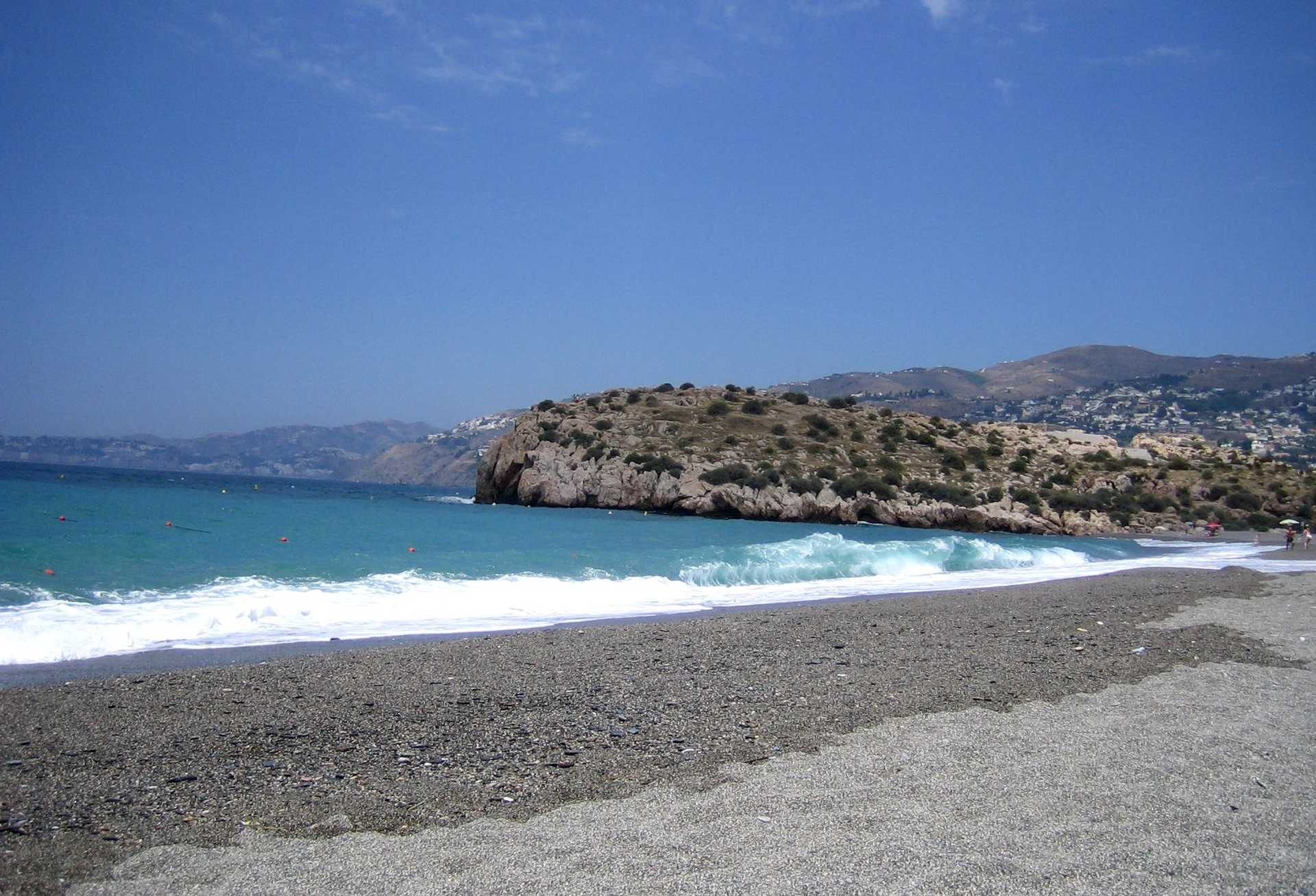
Come and discover the tropical crops of the Granada coast!
Come and discover crops that are unique in Europe with their tropical fruits, cherimoyas, avocados and mangos – some of the produce we can find in this region that will amaze you due to the beautiful and luxuriant landscapes created by the plantations of them.
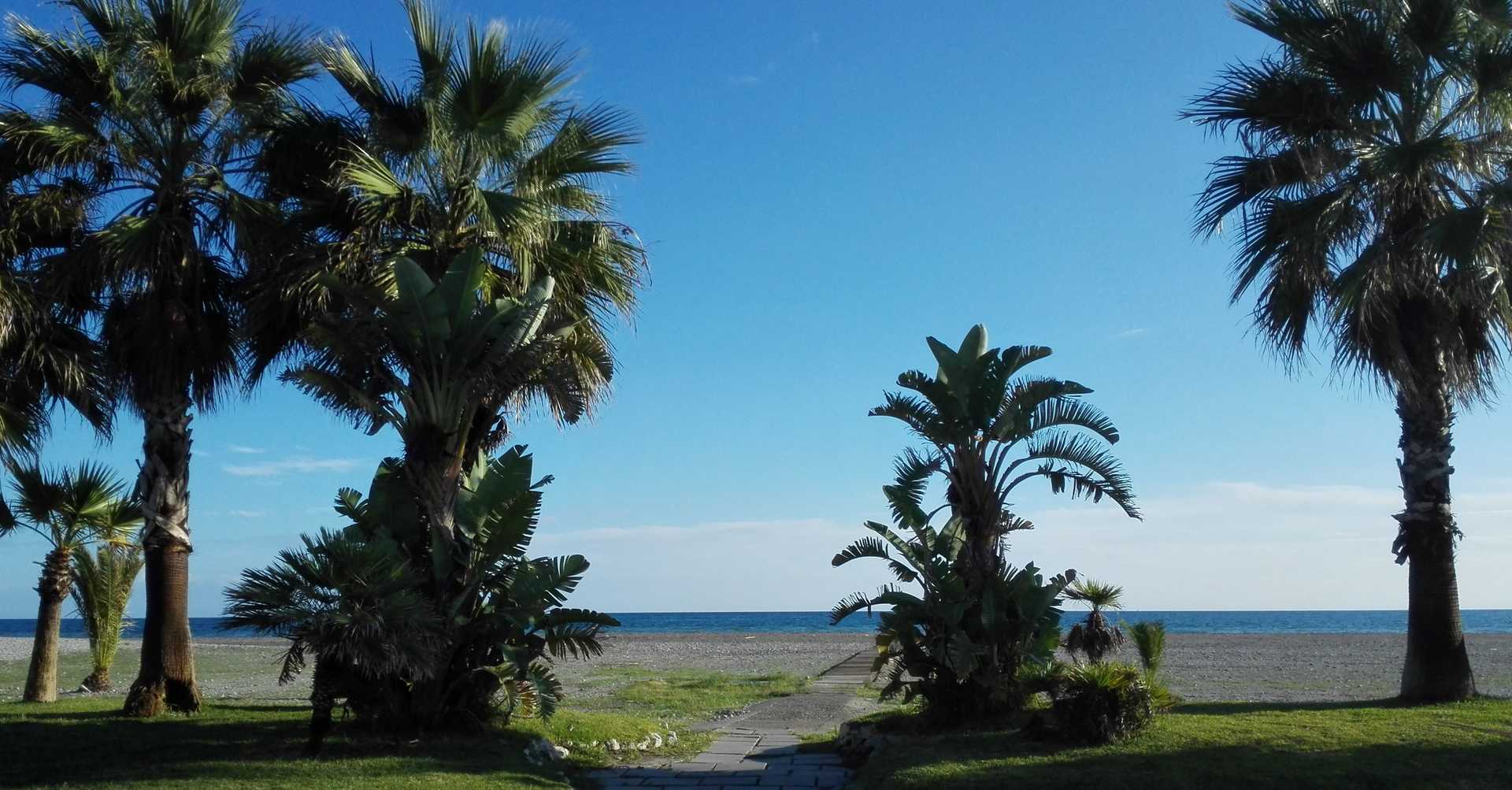
Located in La Herradura, with spectacular views over the bay, is the Finca San Ramón where different tropical fruits are grown. Would you like to visit the plantation and taste cherimoyas, papayas, avocados and a delicious mango from Granada. If so, don't hesitate to come to this estate, where you will be received with open arms and baskets full of fruit!

